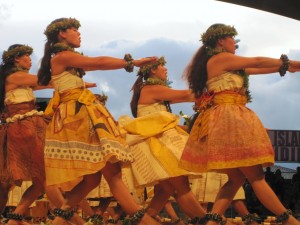
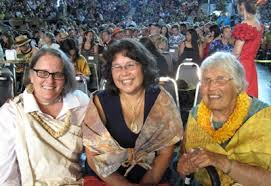
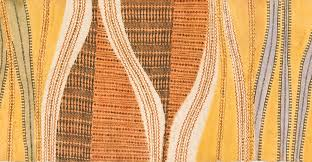
Marie McDonald and her daughter Roen Hufford have been making art from nature for many years. When she and her husband moved to Hawaii Island, McDonald’s original idea was to grow flowers for lei making and this eventually expanded into the cultivation of wauke and native dye plants such as: `akala (native raspberry) for pink; `ama`uma`u (fern) for red; kukui for black and red, noni and `olena (turmeric) for yellows, ma‘o for greenish yellow and ukiuki for blue. After a couple of decades of experimentation and learning the craft, McDonald and daughter Hufford, began to create stunning works that were a hybrid of ancient technique and their own twentieth century vision.
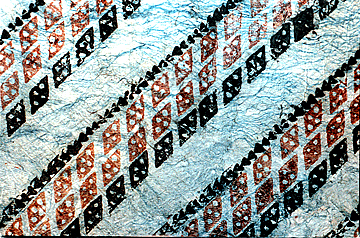
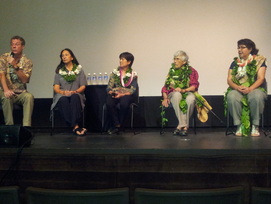
This spiritual dimension was evident between the dancers and kapa makers. Director Craig Howes observed that, “There was no attempt at uniformity in the works that were produced. So that in fact, there are twenty-five or twenty-six potential documentaries here. This created a unique connection between kapa maker and dancer. We talked to the dancers and each dancer was very aware of who had created their kapa, how it had come together.”
Kapa making is an art form that begins with the life force of the land and receives the life force and spirit of the maker, which is then passed on to the wearer. Marie McDonald recalls the hoike with, “I felt that I had gone to the moon. Such joy. Joy to have accomplished this because we had been working so long. Not just me but all the other kapa makers who decided that they wanted to go on this trip. They were so good. We didn't realize how good they were until we saw their performances.” Indeed, the mana at the 2011 hoike was so powerful, it was almost visible. The makers imbued the kapa with the power of their creative efforts and the dancers completed the circle, calling out to the spirits of the ancestors. And what more fitting halau for this collaboration than Halau O Kekuhi, whose Kanaka`ole genealogy can be traced back eight generations?
Strike the kapa! On the anvil, clang, clang, clang,the kapa! Strike the kapa!
Hohoa hoʻi e! Hoʻo pulu wai e!
The hohoa beater, too! Make it wet with water!
Kuʻi kuʻi ʻalā e! Huli huli i ke alo!
Pound on the stone! Turn it to the other side!
Laʻi laʻi moʻomoʻo, a ke kua!
Smoothly join pieces of kapa, on the anvil!
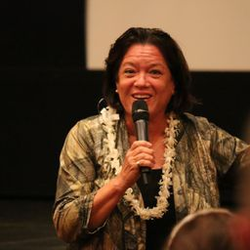
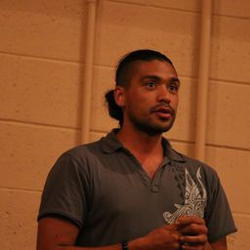
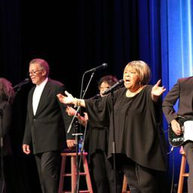
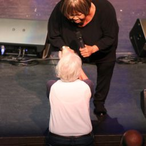
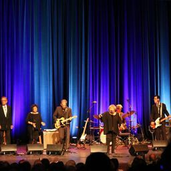
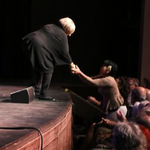
 RSS Feed
RSS Feed
